The blockchain industry has always been shaped by the tension between scalability, decentralization, and security. Ethereum brought decentralization and programmability but struggled with throughput. Optimistic and ZK rollups introduced scale but often lacked strong decentralization, relying on single sequencers or narrow validator sets. AltLayer emerges at this critical juncture with a bold solution: Restaked Rollups a framework that merges the best of rollup stacks with the power of Ethereum’s restaking model. By integrating novel services like VITAL, MACH, and SQUAD, alongside the pioneering concept of Ephemeral Rollups, AltLayer positions itself as one of the most important modular infrastructures in Web3.
1. What is AltLayer?
AltLayer is a decentralized protocol that facilitates the launch of native and restaked rollups with both optimistic and ZK rollup stacks.
AltLayer offers a rollup framework called Restaked Rollups. Restaked rollups combine the power of:
rollups stacks to permissionlessly launch application-specific instances of all major rollups
EigenLayer’s restaking mechanism to bootstrap network with borrowed economic security from Ethereum.
1.1 Highlights
Restaked Rollups: A common framework for application-specific rollups leveraging EigenLayer’s restaking mechanism that provides them with enhanced security, decentralization, interoperability and crypto-economic fast finality.
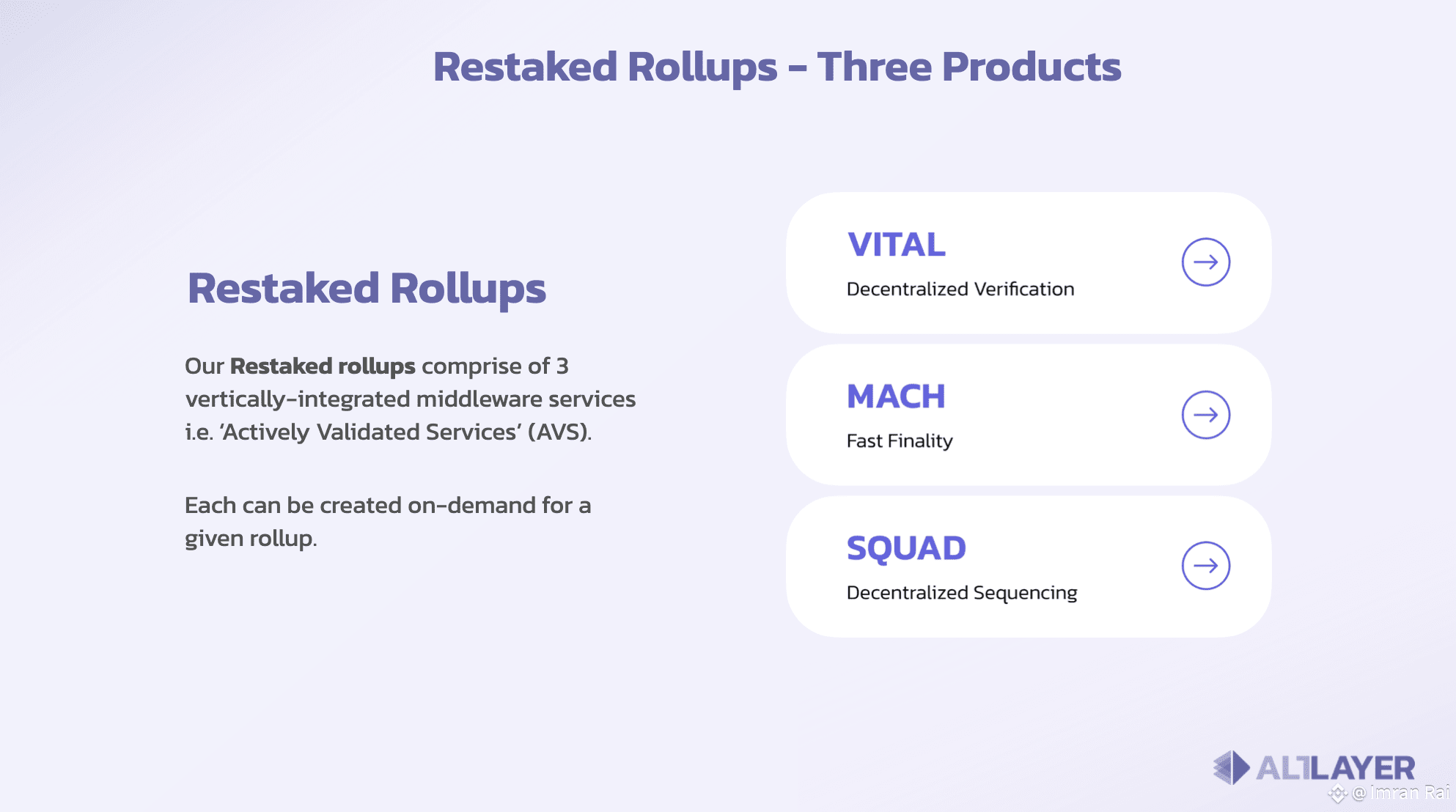
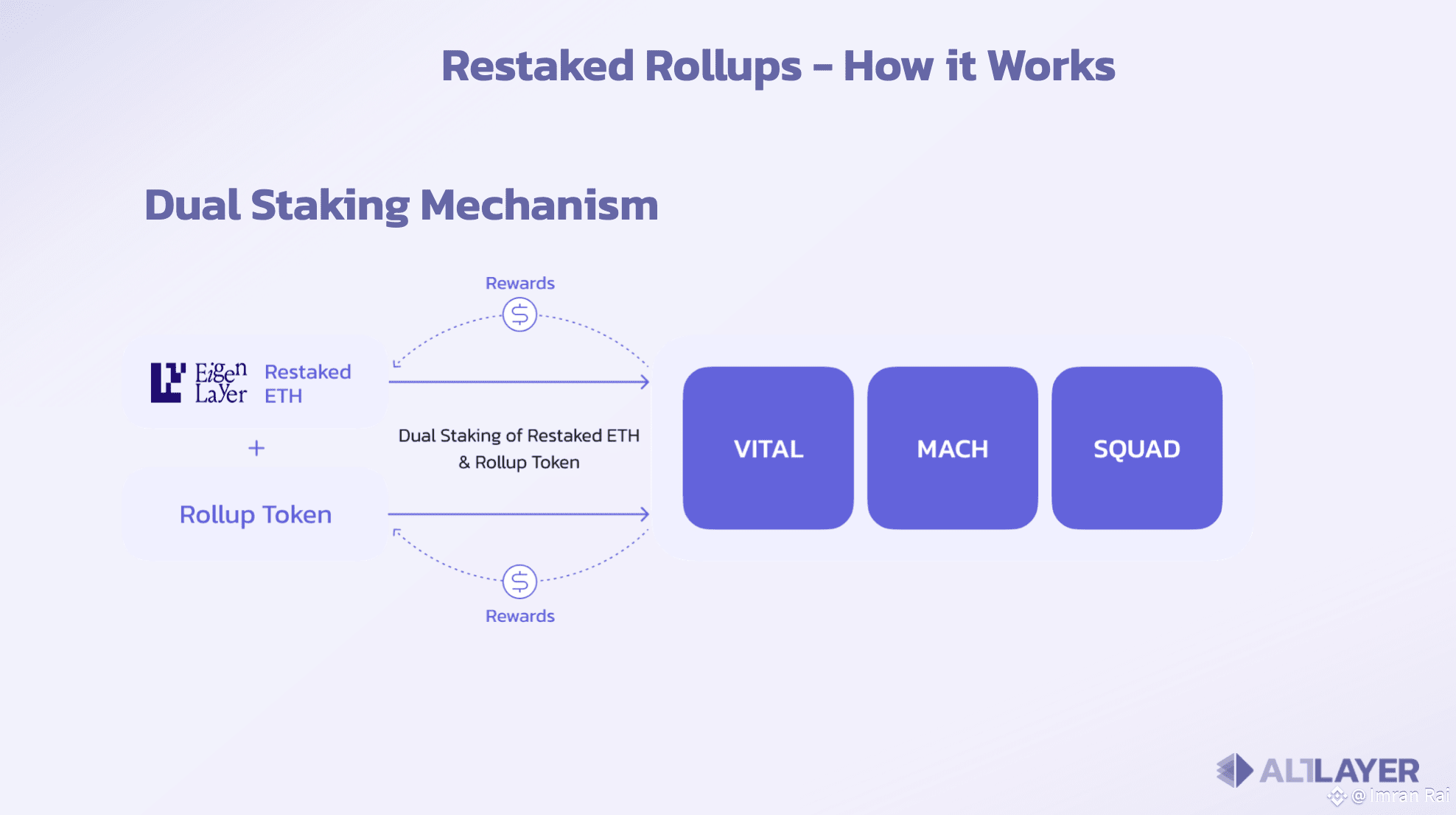
VITAL: An AVS where operators verify blocks and the corresponding states committed by the rollup sequencer and raise fraud proof challenges if necessary.
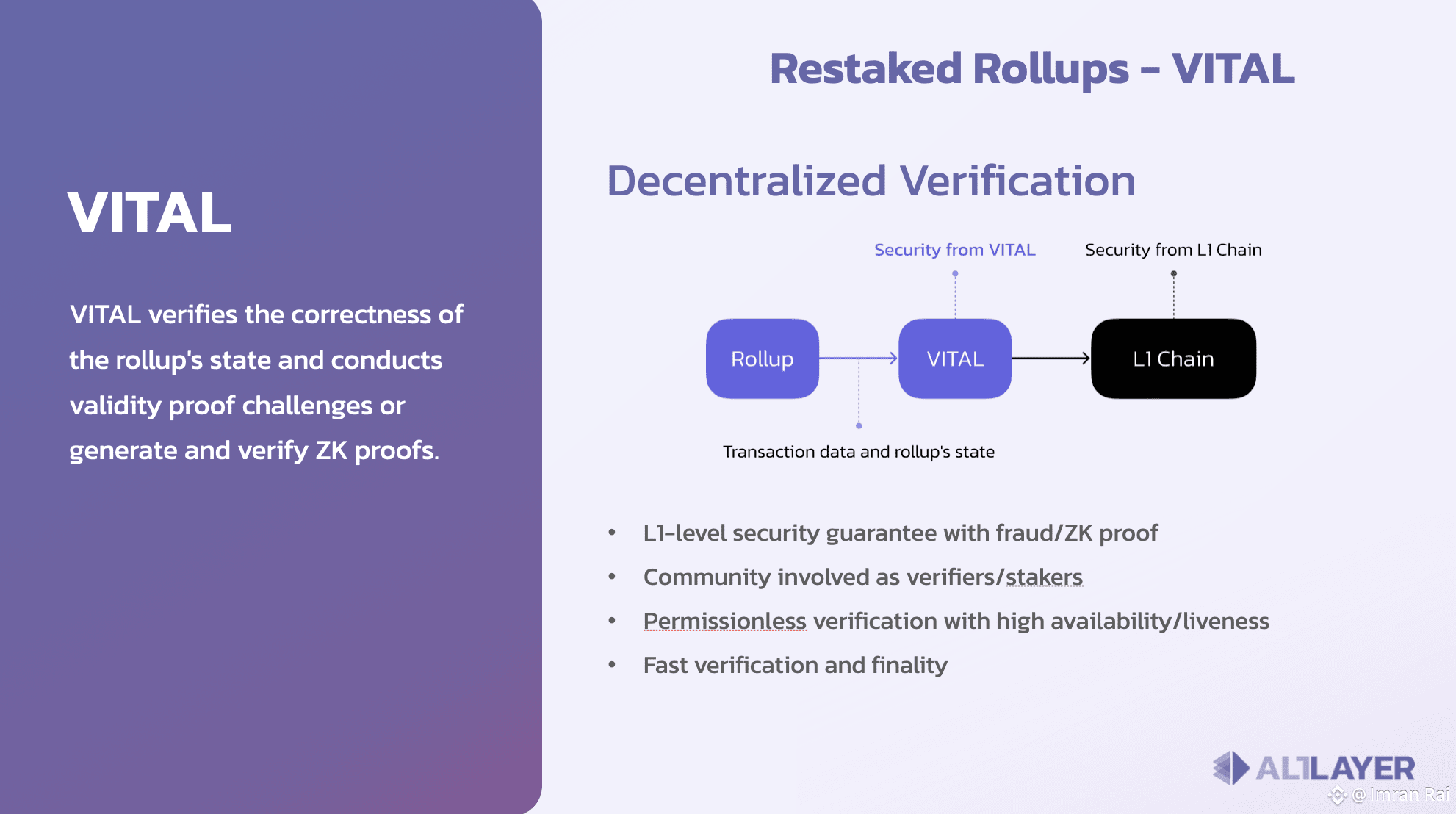
MACH: A protocol to provide faster finality to rollups by allowing operators to restake Ethereum-based assets to back any claims on the rollup state.
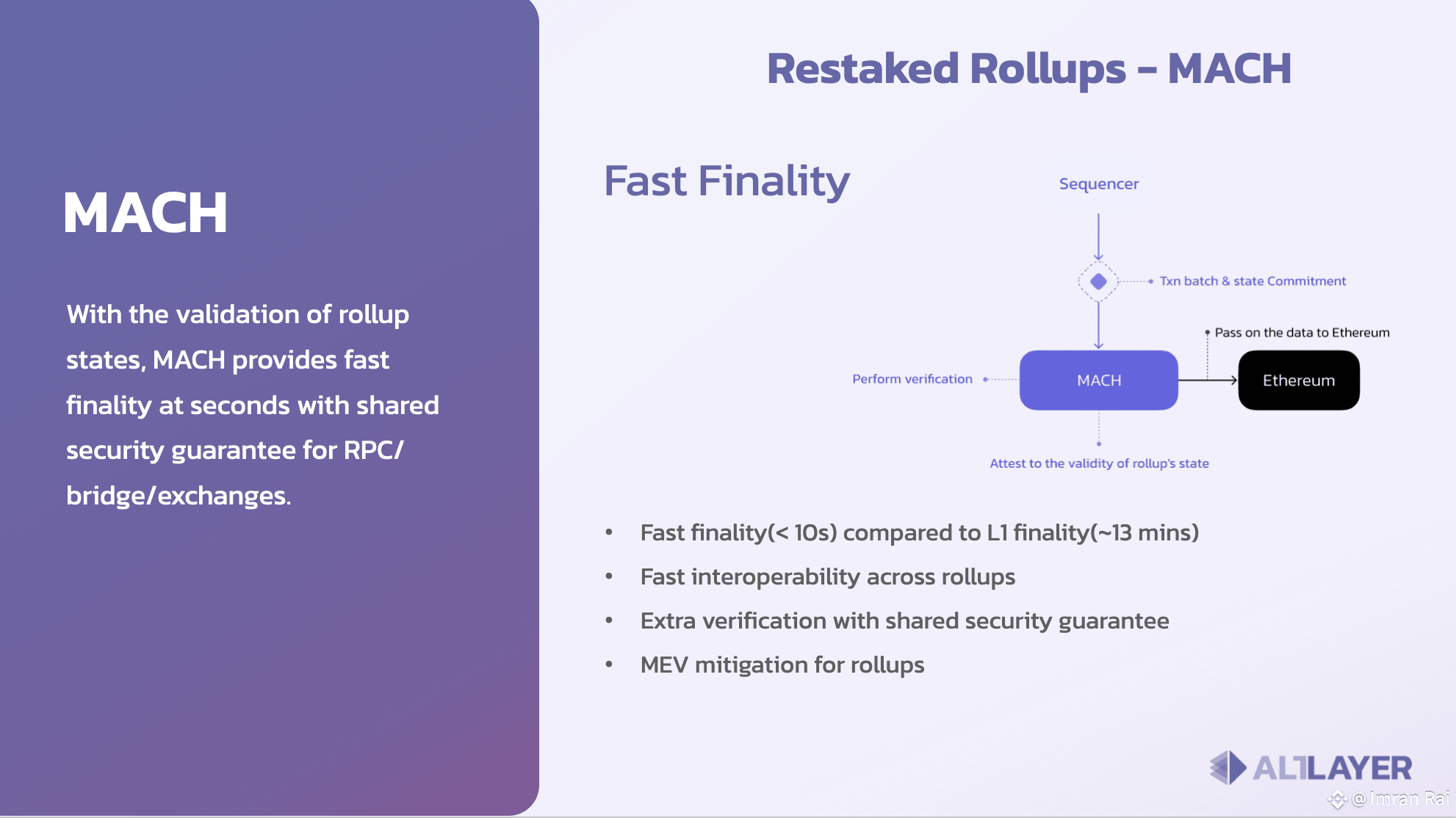
SQUAD: Offer decentralized sequencing with economic backing. Decentralized sequencing eliminates short-term liveness concerns, bad MEV, rent extractions and other issues associated with rollups that operate with a single sequencer.
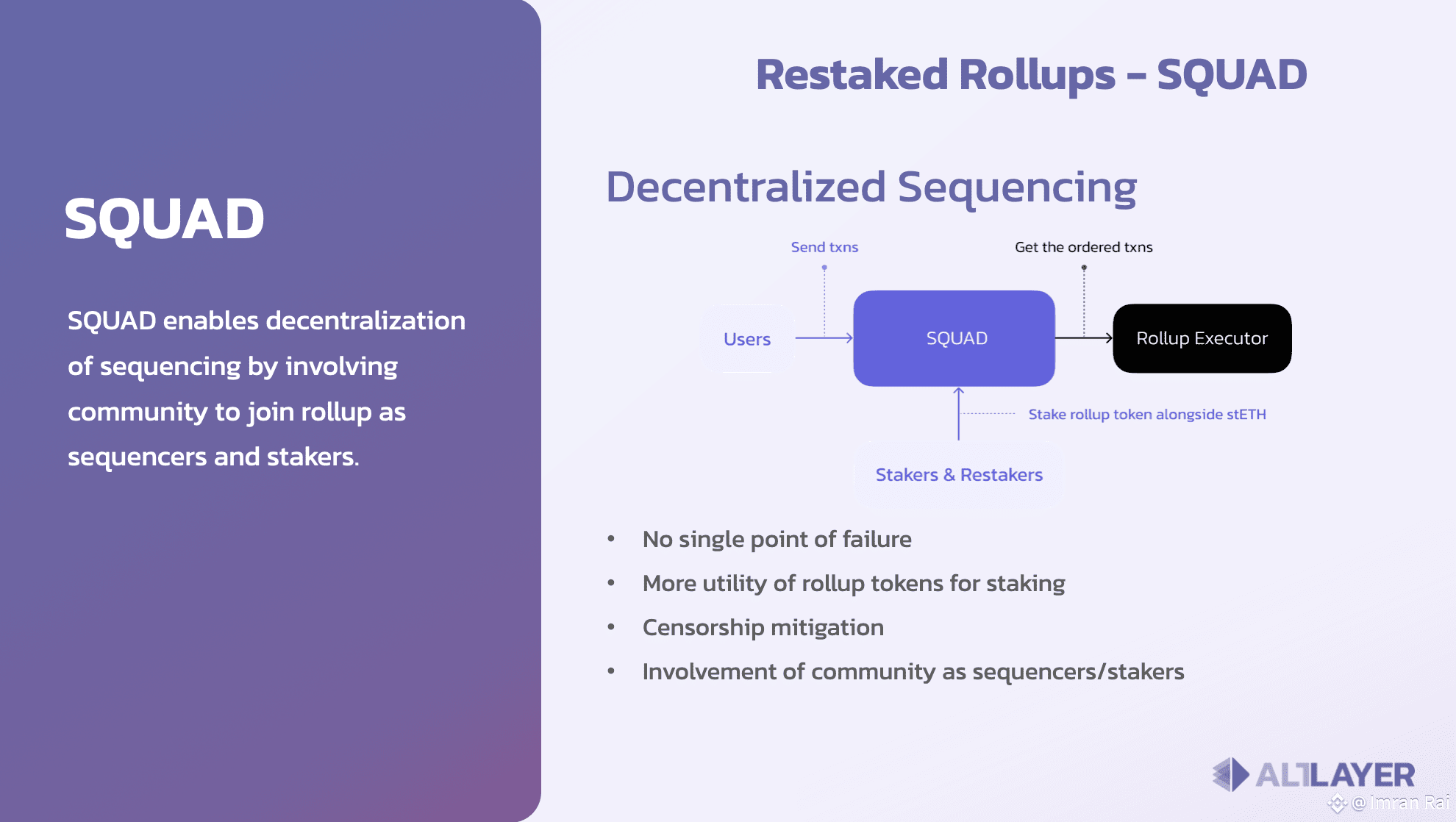
Ephemeral Rollups. With ephemeral rollups, a dApp developer expecting an increase in demand for his application could:
quickly spin up a fast and scalable application-tailored rollup secured by a Layer 1
use the rollup for as long as needed
dispose of the rollup by doing an “end-of-life” settlement on the Layer 1.
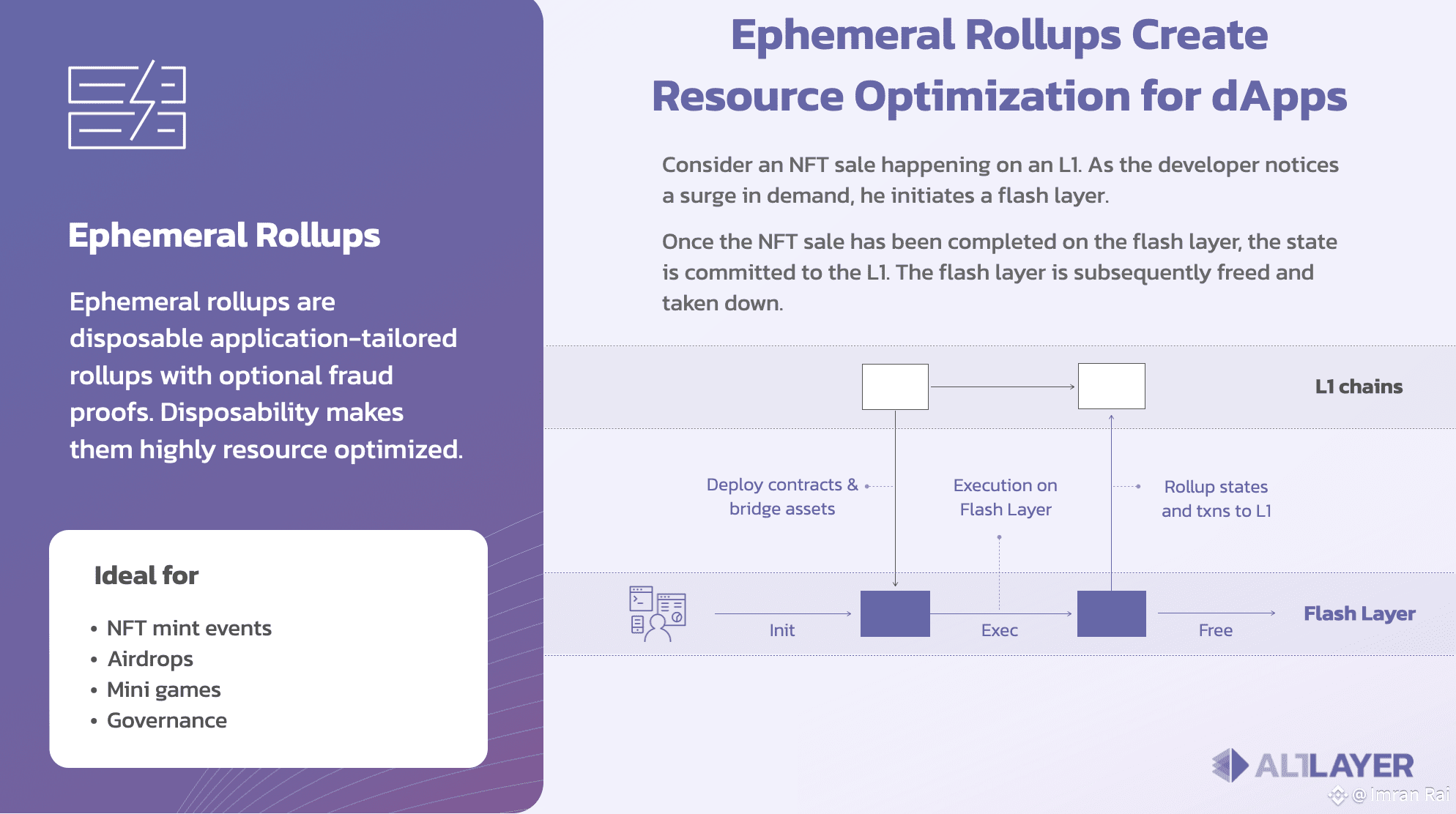
At its core, AltLayer is an open and decentralized protocol for rollups. It allows developers to spin up application-specific rollups using popular stacks such as OP Stack, Arbitrum Orbit, Polygon CDK, and ZK Stack, while inheriting Ethereum-grade trust via EigenLayer’s restaking mechanism. This creates a network of rollups that are not isolated silos but deeply interconnected, secure, and interoperable. The idea is simple yet transformative: instead of every rollup struggling to bootstrap its own security, AltLayer lets them borrow Ethereum’s economic trust while enhancing decentralization and speed.
The ALT token is the utility and coordination asset within this ecosystem. It plays multiple roles:
Economic Bond: ALT is staked alongside restaked ETH to secure the rollup ecosystem. Operators engaging in malicious behavior risk slashing, aligning incentives with honesty.
Governance: ALT holders shape the protocol’s direction, voting on upgrades, resource allocation, and ecosystem initiatives.
Protocol Incentivization: Operators who provide vital services like sequencing, validation, and verification are rewarded in ALT, ensuring an active and aligned operator base.
Protocol Fees: Developers deploying rollups or consuming intra-network services pay fees in ALT, generating organic demand.
Beyond restaked rollups, one of AltLayer’s most exciting innovations is Ephemeral Rollups. These are temporary, on-demand rollups designed for short-lived but high-traffic applications such as game tournaments, NFT mints, or promotional events. Instead of overburdening Ethereum mainnet or requiring permanent rollup deployments, ephemeral rollups can be spun up quickly, scaled for demand, and disposed of after “end-of-life” settlement on Layer 1. This flexibility creates a new paradigm for blockchain infrastructure: infrastructure as a service, tailored to time-sensitive demand.
AltLayer’s ephemeral rollups have already demonstrated massive adoption and scalability:
Altitude series: Altitude IV hosted 486,000 players, while earlier iterations supported hundreds of thousands more.
Loot Royale: Enabled over 134,000 game rooms with seamless scaling.
Cellula: Minted 1.4 million NFTs with 1.9 million transactions across 612,000 wallets.
Ottie Mint: Onboarded 64,000+ users for an NFT mint event.
Across all showcases, ephemeral rollups powered 235 million transactions with nearly half a million unique players worldwide.
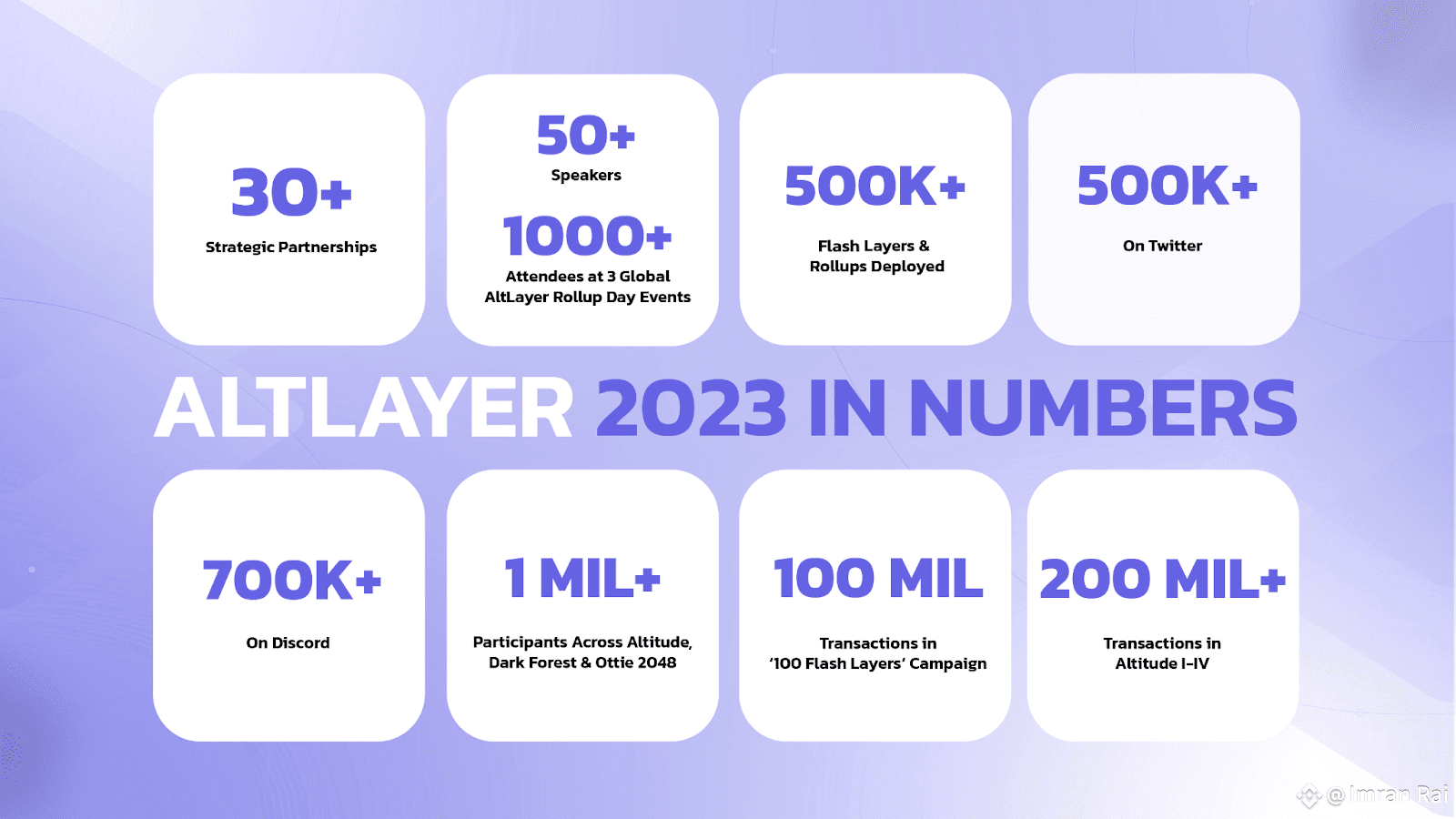
These statistics underscore AltLayer’s capability to handle extreme load while maintaining reliability and speed exactly what the Web3 gaming, NFT, and DeFi ecosystems need.
From a tokenomics perspective, AltLayer has demonstrated strong investor confidence. The project raised 22.8 million across two private token sales, selling 18.5% of the total supply at prices of 0.008 and 0.018 per ALT. Investors include some of the most respected names in crypto and venture capital: Polychain Capital, Binance Labs, Jump Crypto, Breyer Capital, DAO5, Balaji Srinivasan, Gavin Wood, Sean Neville, and Ryan Selkis, among others.
The token supply stands at 10 billion ALT, with an initial circulating supply of 1.1 billion (11%) at the time of Binance listing. The distribution is structured as follows:
Binance Launchpool: 5% (500 million ALT)
Team: 15%
Investors: 18.5%
Advisors: 5%
Protocol Development: 20%
Ecosystem and Community: 15%
Treasury: 21.5%
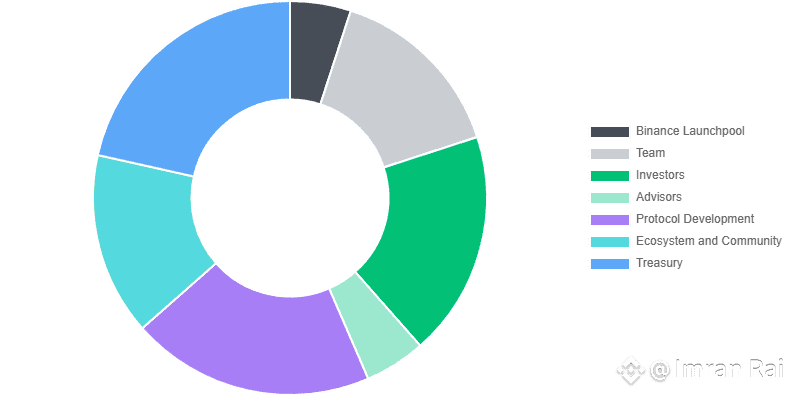
This allocation demonstrates balance between incentivizing early backers, supporting long-term development, and ensuring community participation. The Binance Launchpool program also gave retail participants a fair entry point, aligning AltLayer with one of the most trusted token distribution mechanisms.
AltLayer’s roadmap reveals consistent delivery and ambitious expansion. Past milestones include the OG Badge NFT mint on ephemeral rollups (2022 Q2), the Dark Forest game deployments, the RaaS dashboard launch, FlashGPT integration, and support for major rollup stacks like Arbitrum Orbit and Polygon CDK. By late 2023, multi-sequencer testnets, fraud proof prototypes, and SDK/API releases confirmed its technical maturity.
The 2024 roadmap emphasizes interoperability and restaking integration:
Q1: Testnet launch of Arbitrum Orbit with Celestia, Espresso, and EigenDA; OP Stack integration with Avail; support for ZK Stack; VITAL and MACH testnet releases.
Q2: Mainnet launch of VITAL and MACH with OP Stack; Alt staking for restaked rollups; Polygon CDK integration.
Q3: Mainnet launch of VITAL and MACH with Arbitrum Orbit; expansion to non-EVM rollups; EigenLayer AVS mainnet integration.
On the commercial side, AltLayer is forming partnerships that highlight its cross-sector potential. Collaborations include EigenLayer (restaking integration), RISC Zero (zkVM and ZK fault proofs), Cometh (Cosmik Battle game studio in France), Double Jump Tokyo (SEGA and Bandai game rollups), Injective (decentralized orderbook apps), Avive (geosocial protocols), Deri Protocol (derivatives trading), Automata (modular attestation middleware), and Allo Protocol (RWA tokenization infrastructure). This diverse client list shows AltLayer’s versatility across gaming, DeFi, RWAs, and middleware.
The community behind AltLayer is one of the largest in Web3, with 520,000 Twitter followers and 660,000 Discord members, complemented by a large Telegram base. This global presence positions AltLayer not only as a technical powerhouse but as a cultural movement within the modular blockchain narrative.
Ultimately, AltLayer represents the logical evolution of rollups. By securing them with Ethereum restaking, enhancing them with decentralized sequencing and finality, and innovating with ephemeral rollups, it solves critical bottlenecks in blockchain scalability. Its ecosystem of investors, partners, and users reflects strong conviction in its potential to become the infrastructure layer for modular Web3. The ALT token anchors this ecosystem, aligning incentives across operators, developers, and the community, while ensuring long-term sustainability.
In the story of blockchain evolution, Bitcoin scaled trust in money. Ethereum scaled trust in programmable applications. AltLayer now scales trust in rollups turning fragmented execution environments into secure, interoperable, and composable infrastructure for the next era of Web3. With its Restaked Rollups, Ephemeral chains, and ecosystem-first approach, AltLayer is not just another L2 solution it is the platform where the rollups of the future will be born, secured, and scaled.



